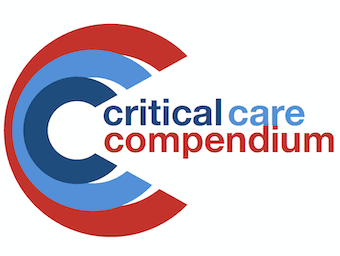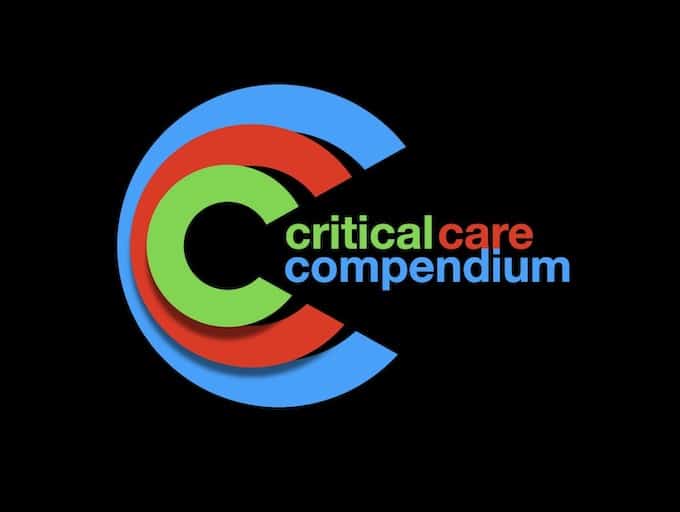
Hypocalcaemia
Hypocalcaemia: Reduced intake; redistribution and increased output

Hypocalcaemia: Reduced intake; redistribution and increased output

Hyperkalaemia is a life-threatening emergency. Basic overview of hyperkalemia management

Ca2+ exists in the extracellular plasma two states: (1) free ionized state and (2) bound to other molecules (mostly albumin, rest – beta-globulins, phosphate, citrate)
ionized Ca2+ concentration is inversely related to pH -> an increase in pH results in a decrease in ionized Ca2+

non-invasive blood pressure measurement involves the application of a pressure cuff and can be performed manually (listening for Korotkoff sounds as the pressure is released

Isolated Elevated APTT

OVERVIEW can use bubble testing to ID calculate gradients if L->R shunt reverses due to pulmonary hypertension it is Eisenmenger syndrome Echo may not detect extra-cardiac shunts ASD patent foramen ovale (30% incidence in general population) ostium secundum ostium primum…

Transoesophageal Echocardiography: allow real time anatomical and physiological assessment of cardiac status; probes (single, bi, omiplane and epivascular)

Transthoracic Echocardiography (TTE) Increasing useful bedside test with increasing role in critical care; position marker on right

Pulmonary hypertension is present when mean pulmonary artery pressure exceeds 25 mm Hg at rest or 30 mm Hg with exercise.

Thyroid Function Tests and basic interpretation

Bilirubin and Jaundice. Investigations and analysis of conjugated bilirubin, unconjugated bilirubin, urobilinogen and bilirubinuria

The CT head scan is a computer-generated series of images from multiple X-rays taken at different levels. Fine X-ray beams passed through the subject are absorbed to different degrees by different tissues and the transmitted radiation is measured by a scanning device.